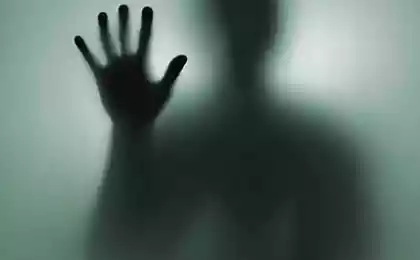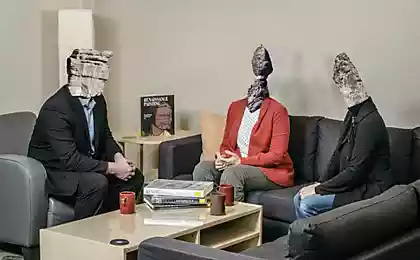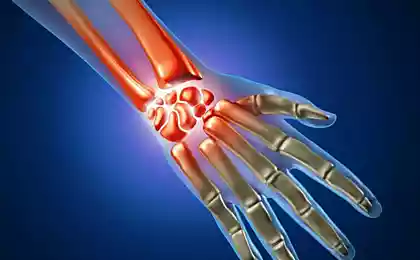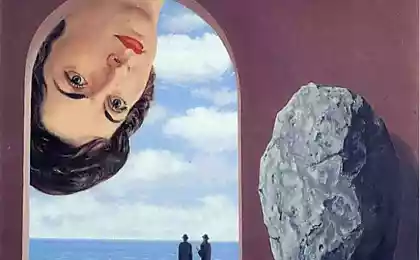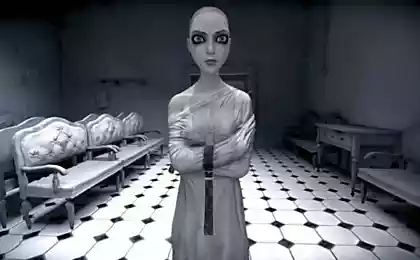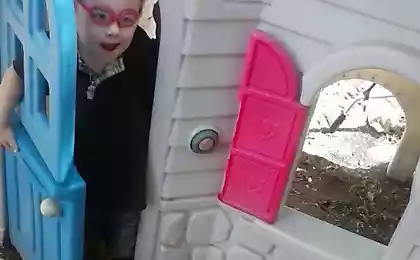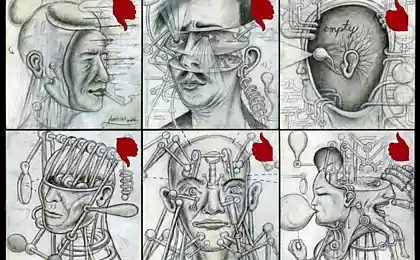217
In France recorded the oldest case of Down syndrome
A child who suffered from the disease was buried about 1,500 years ago.
The oldest case of Down syndrome is recorded: archaeologists have found a skeleton of a child aged 1.5 thousand years with signs of this disease. The method of burial indicates that in early medieval France Down syndrome was not a stigma.
75,300464
Down syndrome is a genetic disease that delays human growth and mental development. They have three copies of chromosome 21, not two. The disease was described in the nineteenth century, but may have existed throughout human history.
A new find of a skeleton with Down syndrome was made during the study of the necropolis of the V-VI centuries at the church of Chalon-sur-Saône in eastern France. Archaeologists have discovered the remains of 94 people, including the skeleton of a young child. He was 5 or 7 years old.
Morphological and radiological signs, metric information and computed tomography showed a number of signs of the disease. So, the child from Chalon-sur-Saône has thin bones of the skull, the skull itself is short and wide, having a flat base. These signs indicate that the child had Down syndrome.
He was buried in the same way as other people who rested on the necropolis at Chalon-sur-Saône: the child was laid on his back, head to the west. According to archaeologists, the burial rite gives grounds to say that the death of a person with Down syndrome was treated in the same way as the death of other people. It is possible that they were treated the same during life.
NewScientist, International Journal of Paleopathology
Source: nkj.ru
The oldest case of Down syndrome is recorded: archaeologists have found a skeleton of a child aged 1.5 thousand years with signs of this disease. The method of burial indicates that in early medieval France Down syndrome was not a stigma.
75,300464
Down syndrome is a genetic disease that delays human growth and mental development. They have three copies of chromosome 21, not two. The disease was described in the nineteenth century, but may have existed throughout human history.
A new find of a skeleton with Down syndrome was made during the study of the necropolis of the V-VI centuries at the church of Chalon-sur-Saône in eastern France. Archaeologists have discovered the remains of 94 people, including the skeleton of a young child. He was 5 or 7 years old.
Morphological and radiological signs, metric information and computed tomography showed a number of signs of the disease. So, the child from Chalon-sur-Saône has thin bones of the skull, the skull itself is short and wide, having a flat base. These signs indicate that the child had Down syndrome.
He was buried in the same way as other people who rested on the necropolis at Chalon-sur-Saône: the child was laid on his back, head to the west. According to archaeologists, the burial rite gives grounds to say that the death of a person with Down syndrome was treated in the same way as the death of other people. It is possible that they were treated the same during life.
NewScientist, International Journal of Paleopathology
Source: nkj.ru
